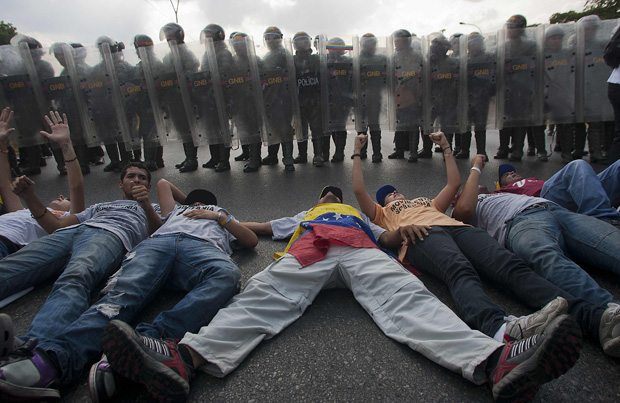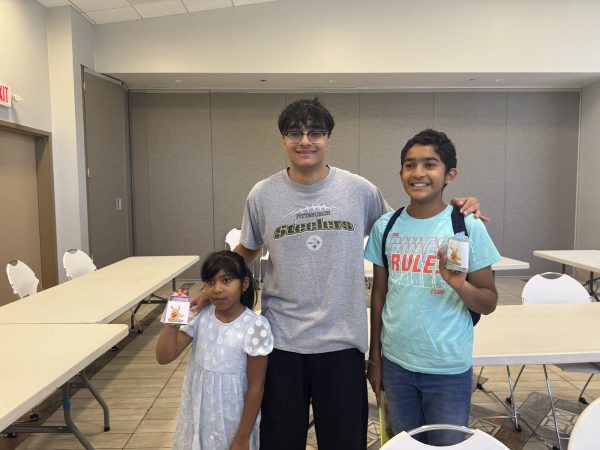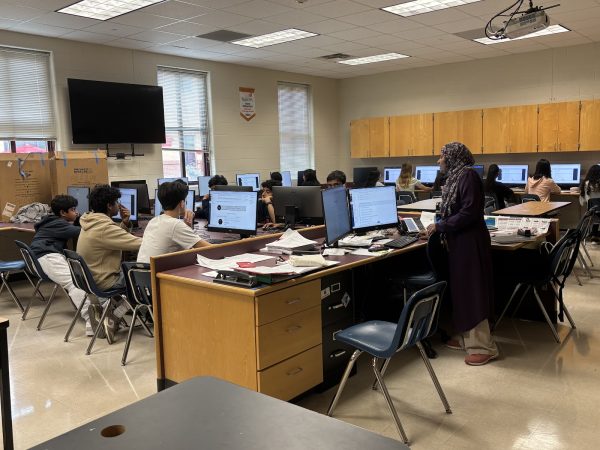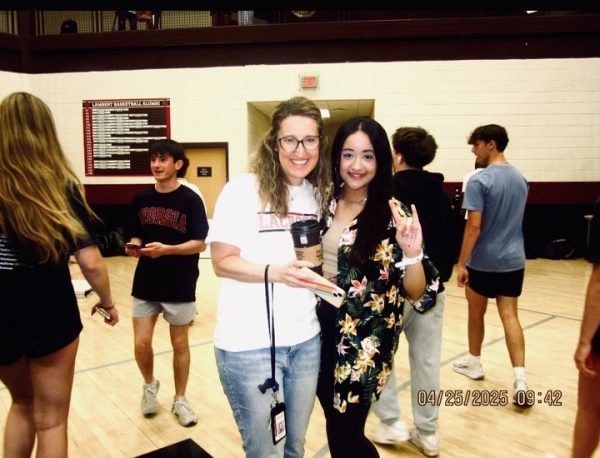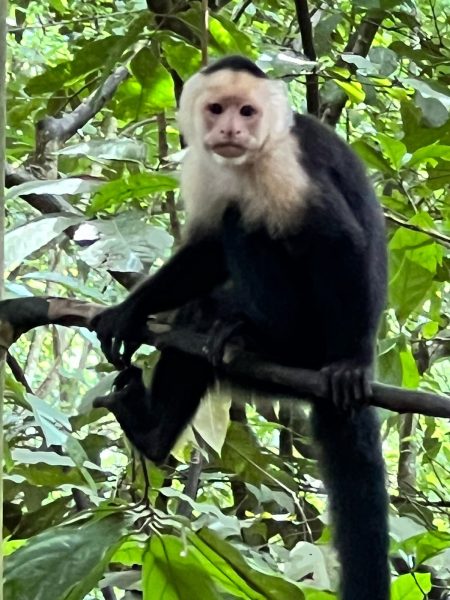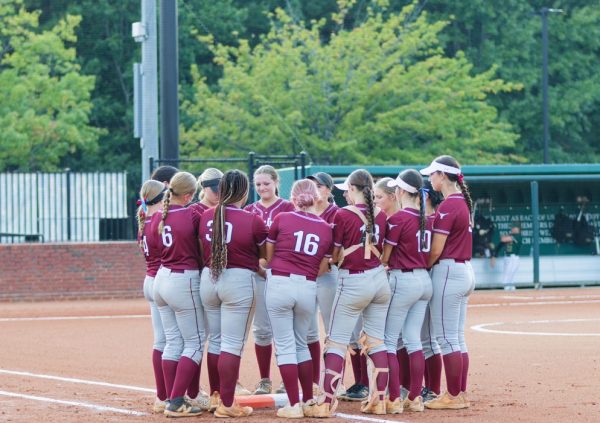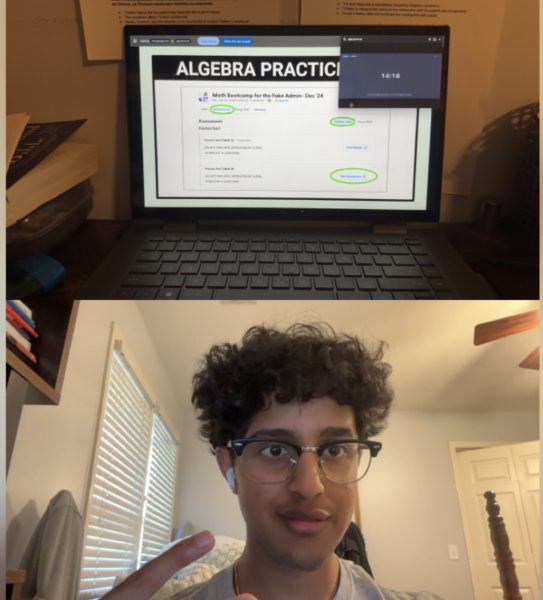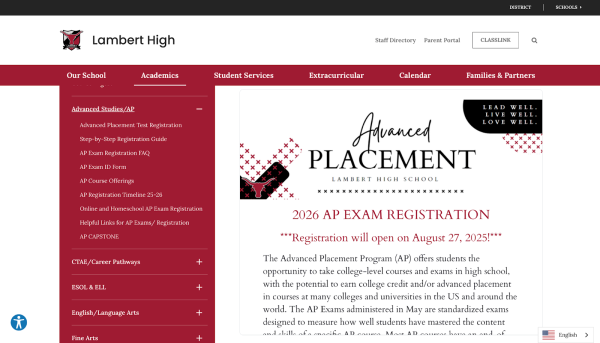The Venezuela crisis
For months, there have been protests in Caracas – Venezuela’s capital – almost everyday, several of which turned violent. As of August 8, at least 124 people have died, and hundreds more have been injured.
Just from a cursory look at the conditions in the nation, it’s no surprise that tensions are rising in Venezuela, a country in the midst of a recession, increased inflation, food and medicine scarcities, a high murder rate, and huge amounts of corruption. In order to purchase basic commodities such as milk and soap, people must either line up to enter nearly-empty supermarkets or purchase them from hustlers at inflated prices. Doctors, lawyers, and engineers abandon their jobs to make a living smuggling petrol – a commodity worth less than water – into Colombia. Even children join in, crossing the border with Coca-Cola bottles filled with petrol. Hospitals throughout the country have reported a severe shortage of basic medicines and medical supplies. Venezuela may not be in the midst of complete collapse that mainstream media portrays, but many citizens are certainly are facing terrible conditions.
So, a little background information on how this situation came to be. In 2013, the death of popular Venezuelan president Hugo Chavez helped fuel his successor’s campaign for presidency. Nicolás Maduro, who hailed himself the “Son of Chavez,” promised to complete the socialist transformation that began under his predecessor. Despite the advantage of a campaign backed by machine politics and the military, Maduro only won by a narrow margin with a 50.6% vote.
His predecessor, Chavez, rose to power mainly from the support of the working class, promising to end the corruption of the traditional political parties as well as the severe wealth inequalities, which concentrated most of Venezuela’s considerable wealth in a small elite class. When the price of oil – a major foundation of Venezuela’s economy – surged in the early 2000s, the country enjoyed major economic growth. Using revenue from industries such as the oil sector, which he brought under state control, Chavez created several social programs which provided housing and health care to the disenfranchised. He also established strict price and currency controls in order to guarantee fair prices for basic goods and reduce inflation. His supporters praised him for using Venezuela’s oil wealth to reduce inequality and poverty, as well as creating a dramatic decrease in child malnutrition and an increase in school enrollments. On the other hand, many have criticized these programs, arguing that they have increased public debt and made the Venezuelan economy even more dependent on exporting crude resources, as well as reducing domestic producer’s ability to make a profit and ultimately creating the huge food shortages seen today.
However, despite common misconceptions, the Venezuelan economy hasn’t completely shifted to socialism. Two-thirds of the economy is still under the private sector. Socialism isn’t even the sole cause of Venezuela’s problems. Under Chavez, Venezuela experienced considerable economic growth even outside of the oil sector. Moreover, the country hasn’t completely fallen to dictatorship either. The current ruling party, the United Socialist Party of Venezuela, won its elections cleanly and conceded at the rare times it has suffered defeat. Although recent controversial events have raised concerns, Venezuela still remains a democracy.
Although many of his policies were criticized, Chavez maintained control over the country through his charisma and popularity. However, his successor Maduro falls short of the Venezuelan public’s image of a charismatic and revolutionary leader. Moreover, the fall of oil prices forced the government to downsize its social programs, diminishing support among its core advocates. Corruption also increased despite Chavez’s promises.
Instability political disorder culminated this year on March 30, when Venezuela’s Supreme Tribunal magistrates, aligned with President Maduro, ruled that it would assume the legislative powers of Venezuela’s National Assembly, which is led by their opposition. Protests erupted in Caracas, condemning what many Venezuelan citizens viewed as the government’s attempts to shift to a dictatorship. After condemnation from governments across Latin America, Maduro called the court to annul the ruling. Since then, several rallies – both those supporting and denouncing the government – have broken out.
On April 6, the death of 19-year-old Jairo Ortiz in Carrizal, Miranda marked the first protester shot dead after the controversy with the Supreme Tribunal. Two days later, the Supreme Tribunal was attacked by protesters who broke down the front door, broke windows, and burned furniture. Since then, deaths and casualties of both protesters and government workers have only increased.
The question is, what has the US government done to address the issues in Venezuela? In general, the government seems to view Venezuela as a potential threat. So far, President Trump has raised the possibility of military action in passing, a remark which President Maduro highly condemned, even calling for military exercises in order to prepare for a possible US armed intervention. Tensions between the US and Venezuela only increased when the Trump administration imposed financial sanctions on Venezuela. However, the executive order still allows for US imports of Venezuelan oil, which is crucial for the Venezuelan economy, as well as debt financing for exporting humanitarian goods such as food and medicine. So far,the Venezuelan government has made ends meet with through backings from China and Russia. However, only time will tell how Venezuela will get through this crisis.
Your donation will help support The Lambert Post, Lambert High Schools student-run newspaper! Your contribution will allow us to purchase equipment and cover website hosting costs.



